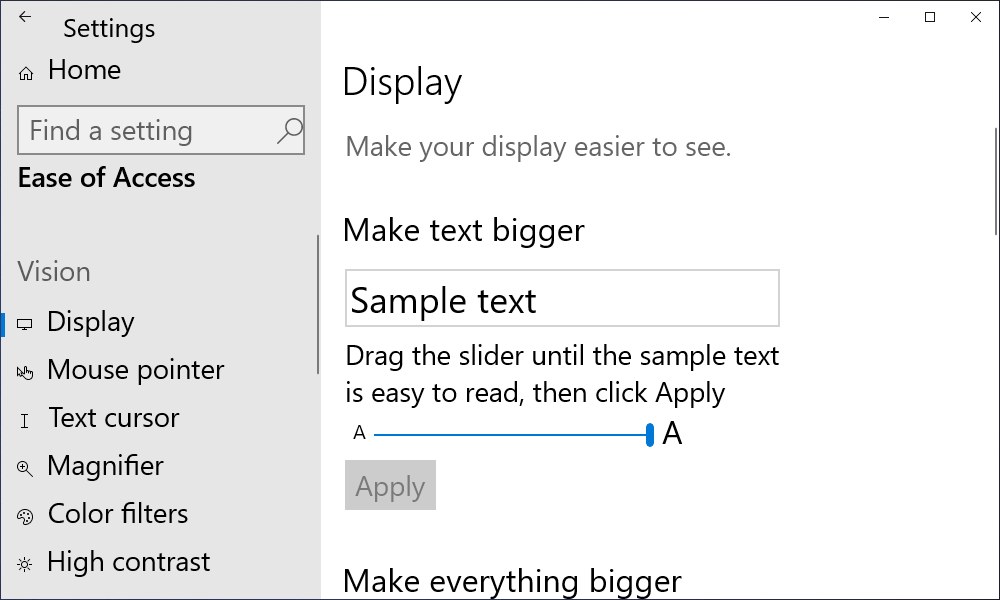
Mastering Text Size Customization in Windows 10: Ultimate Guide

Easily adjust the text size in Windows 10 to enhance readability and overcome display scaling problems on high-resolution screens Learn how to make everything bigger for a more comfortable viewing experience
Key Takeaways
The Windows 10 Settings app allows you to easily change the text size of various elements on your screen for better visibility.
To increase the font size, go to the Display section under Settings > Ease of Access. Use the "Make Text Bigger" slider. Additionally, you can adjust the scaling percentage in Ease of Access settings to enlarge text, fonts, and apps on your screen.
How to Change Text Size on Windows 10
Resizing Text on Windows 10To change the text size of title bars, menus, icon text, and a few other items, fire up the Settings app by pressing Win+I and then click the "Ease of Access" category.
The default selection is the "Display" tab on the left. To enhance readability, navigate to the "Make Text Bigger" section on the right, adjust the slider until the sample text is comfortable to read, and finally, click on "Apply".
Windows immediately scales up the size of all text.
How to Make Everything Bigger
If you find that enlarging the text alone does not resolve your visibility issues on the screen, you have the option to increase the size of all elements. By doing so, the user interface, including text, fonts, and applications, will be scaled up. This adjustment will be applicable to both Universal Windows Platform (UWP) and desktop applications.
In Settings > Ease of Access > Display, under the "Make Everything Bigger" section, choose a scaling percentage from the drop-down menu.
To apply certain changes to specific apps, consider signing out and then signing back in. However, most changes should take effect immediately. To revert back to the default size, navigate to Settings > Ease of Access > Display and select the "Recommended" setting from the dropdown menu.
In addition to adjusting the size, it is possible to change the font that Windows uses. If you find certain fonts more comfortable for reading, you might want to give Bionic Reading a try. Many individuals find that Bionic Reading greatly enhances the readability of text on a computer screen.

















